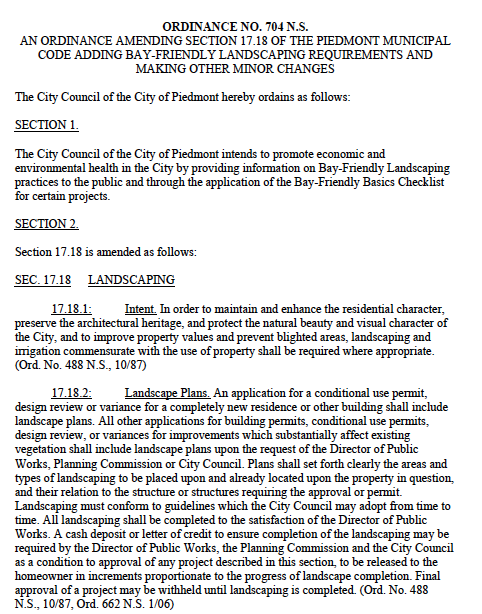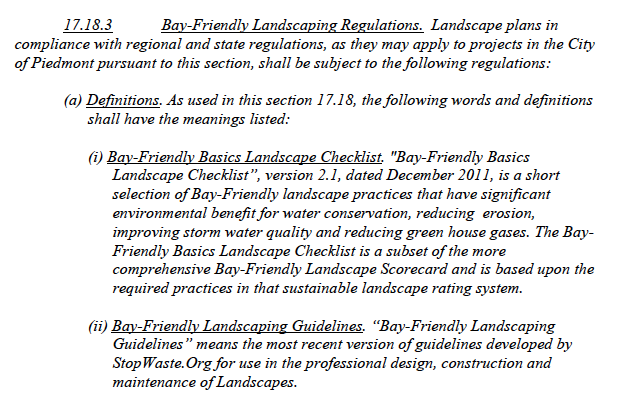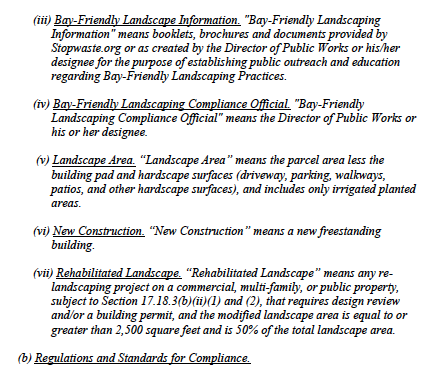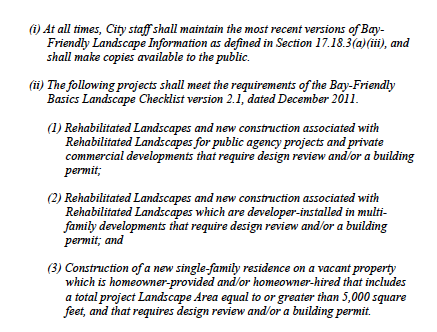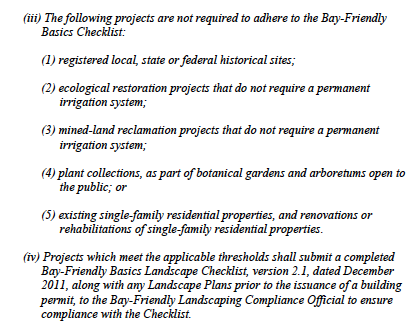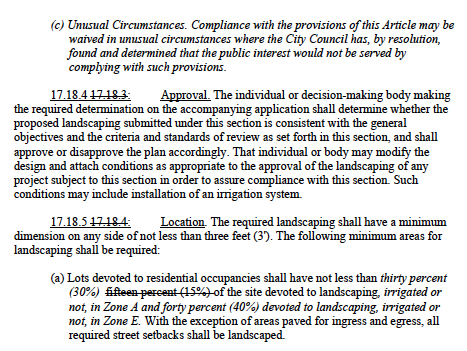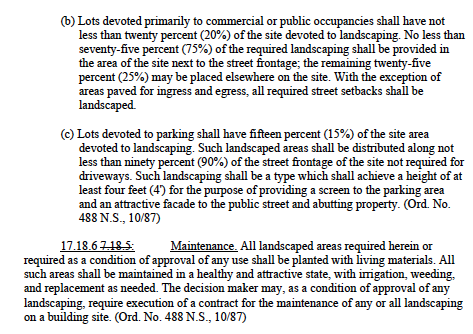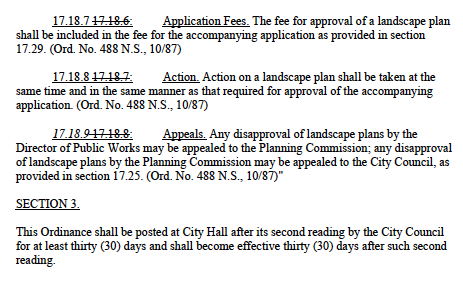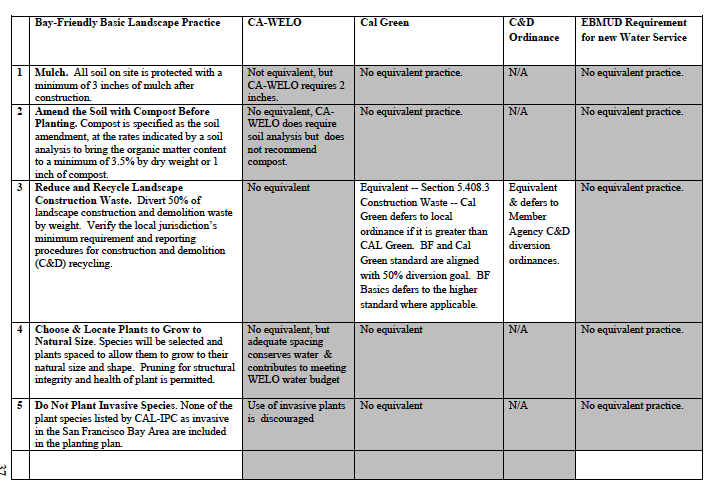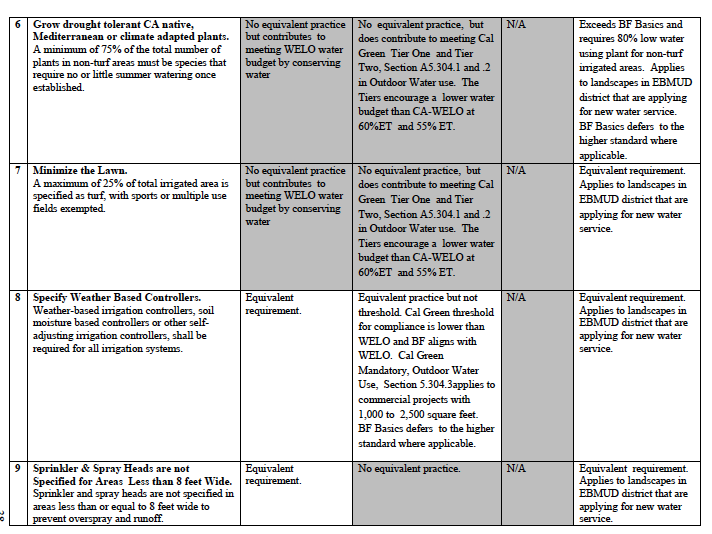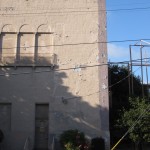Council Decides Landscape Ordinance is Not Appropriate
Language, impact, government involvement and principle –
For over an hour and a half on June 18, the City Council considered a controversial landscape ordinance proposed for Piedmont. A number of residents spoke in favor of the principle of adopting new rules aimed at improving the environment by curtailing water use and transporting less green waste, while other residents found the ordinance unnecessary, inconsistent with existing Piedmont Municipal Code language, and intrusive on private property rights.
Katy Foulkes, former Piedmont mayor and council member, currently Piedmont’s elected representative to the East Bay Municipal Utility District (EBMUD) Board, asked the Council to adopt the ordinance to reduce the amount of water used in gardens. She acknowledged that she had not read the ordinance and could not comment on the language. She stated, “It is going to impact so few people; it is important to approve it.”
Others urged approval on environmental principles and implementation of the previously approved Piedmont Climate Action Plan (CAP), although the CAP emphasizes education and incentives, rather than mandates (except in a few limited circumstances related to new construction). Anne Weinberger, a landscaper, and Margaret Ovenden, a member of Piedmont CONNECT, recognized that the ordinance would apply to a very small percentage of Piedmonters, but contended it was an important ordinance as a matter of principle.
Speaking against the ordinance was Valerie Matzger, former mayor and council member, current President of the Piedmont Beautification Foundation, and a 20-year local landscape designer. Matzger noted her longtime commitment to the environment and recommended the use of organic pesticides and fertilizers as one way to protect the environment. She noted the ordinance was inappropriate, overly bureaucratic, and unnecessary for Piedmont, stating the Council should “Nip this in the bud.”
Piedmont resident Joseph Gold was also strongly opposed to the ordinance based on adding another level of bureaucracy and preferred the Council focus on priorities – police, fire, schools, etc. He stated, “Keep government out of our gardens.”
The Planning staff composed of Kate Black, Kevin Jackson and Jennifer Feeley had revised the proposal to accommodate issues previously identified by the public and Council. However, questions and concerns persisted.
Council Member Garrett Keating, Piedmont’s Council representative on the StopWaste JPA, was firmly in favor of approving the ordinance and, to reach consensus, was willing to change or remove language in the ordinance that Council members found unacceptable. Mayor John Chiang worked to seek a solution to newly presented issues at the meeting.
Council Member Jeff Wieler was the most outspoken critic of the ordinance, finding it so poorly written he was embarrassed for government. He found fault with the ordinance’s lack of clarity as to rebuilding a home and various wording, as well as the required Checklist. He questioned the origination of the $22,000 grant funding, which Keating clarified came from the San Francisco. This led Wieler to question why it was not coming directly to Piedmont as our money. Considering the projected few properties impacted by the ordinance, Wieler felt the ordinance was a waste of time.
Council Member Bob McBain stated since it applies to so few, the ordinance has no validity. He said he had received phone calls and emails from many, many people who were opposed to the ordinance. McBain felt landscaping education and information was preferable for Piedmont’s good, intelligent citizens who can make decisions on what makes sense to them. He preferred cooperative efforts, rather than legislating another mandate, and noted that Piedmont does not have the resources for enforcement.
Vice Mayor Margaret Fujioka raised additional concerns regarding poorly drafted language. She was particularly concerned about overly broad discretion by the Council and lack of specifics upon which the Council could grant a waiver to the ordinance. She advocated education over legislation.
Mayor John Chiang came off “of the fence” after hearing the other members of the Council and City Administrator Geoff Grote who acknowledged that the majority of the Council was not comfortable with the ordinance as the appropriate approach for the City. Using a “carrot rather than a stick” could be more effective and avoid many of the regulatory concerns.
After discussion, Council Member Keating’s motion to approve the ordinance died for a lack of a second.


